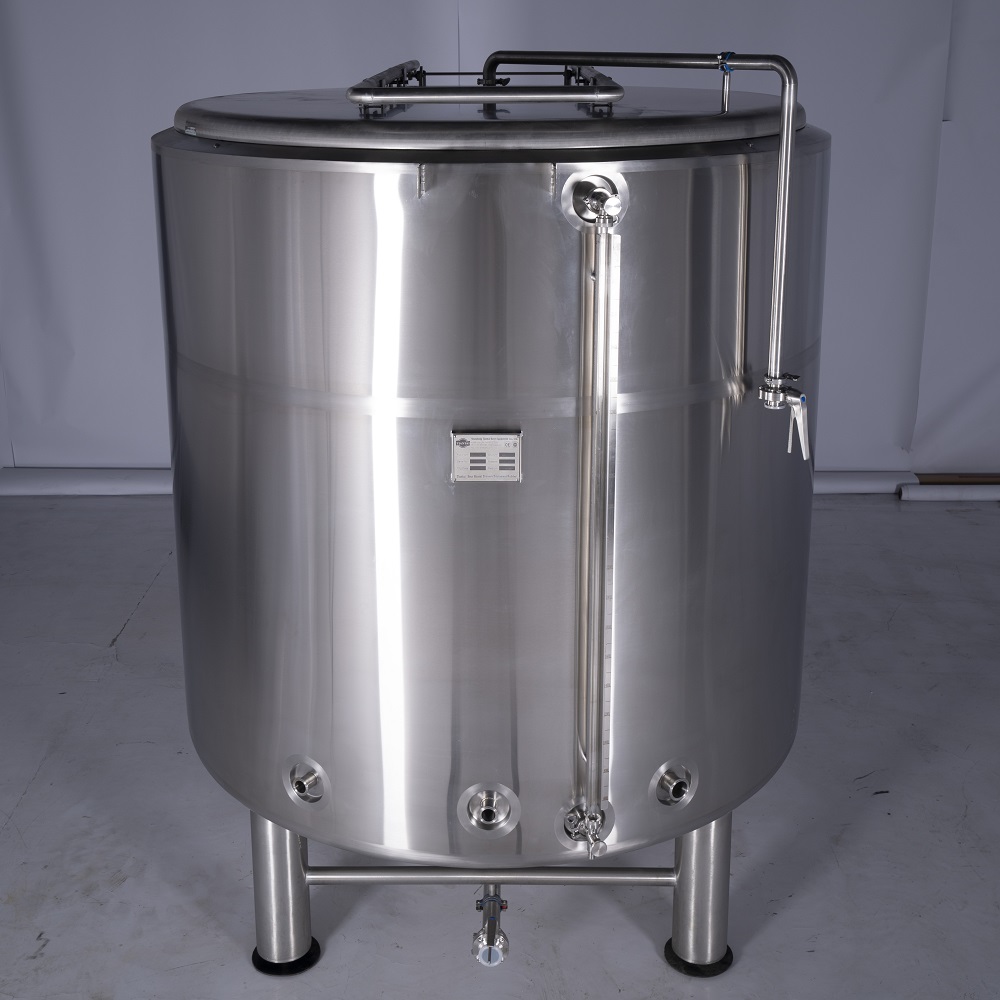Precise temperature control underpins every stage of kombucha production—from brewing the tea to fermenting with the SCOBY—and deviations at any point can derail flavor, safety, and consistency. When brewing tea, water heated too hot or too cold extracts undesirable compounds (bitterness or weak flavor), and when fermenting, temperatures outside 24–27 °C slow or overstimulate microbial activity, leading to sour, flat, or even contaminated kombucha. Without tight thermal management, producers risk incomplete sugar conversion, imbalanced microbial populations, extended brew times, mold growth, vinegary off‑flavors, and potential health hazards.

Brewing: Temperature’s Critical Role
Water temperature dictates which tea constituents’ dissolve: theanine and delicate aromatics at lower temperatures, tannins and caffeine at higher temperatures. Using 80 °C for green and white teas preserves sweetness and prevents bitterness. Conversely, 90–100 °C is needed for black and dark teas to unlock body and color; lower heat yields weak, under‑extracted brews, while higher heat scorches leaves, releasing excessive tannins and bitterness.
Under‑extraction (71 °C): Tea lacks body, resulting in a bland, insipid kombucha base that produces a flat‑tasting final kombucha. Over‑extraction (100 °C): Excess tannins lead to astringent, harsh brews that stress the SCOBY and carry bitter notes into the fermented beverage.
Fermentation: SCOBY’s Thermal Sweet Spot
Optimal Fermentation Range
The SCOBY’s yeast and bacteria thrive between 24–27 °C, converting sugars into ethanol and acids at a balanced rate. Here, fermentation completes in 7–14 days, yielding pH 2.5–3.5 and a well‑rounded tang.
Too Low (18 °C): Metabolism slows; fermentation stalls, extending brew time and raising mold risk due to insufficient acidification. SCOBY growth weakens, producing a thin pellicle and flat flavor.
Too High (29 °C): Accelerated activity creates vinegary, overly sour kombucha; excessive heat can kill SCOBY microbes, disrupting microbial balance and probiotic value. Yeast may dominate, producing off‑flavors and ethanol spikes.
Fluctuating Temperatures: Swinging between hot and cold leads to erratic fermentation rates, inconsistent carbonation, and batch‑to‑batch variability in taste, acidity, and carbonation.
Tiantai kombucha equipment employs rigorous temperature control systems in both our tea boiling tanks and fermentation tanks to ensure kombucha consistency, optimize flavor development, and maintain microbial safety. Tea boiling tanks typically incorporate jacketed heating and automated temperature sensors, enabling precise hot tea temperature ramps, often within ±0.1 °C, to drive flavor and compound extraction of different tea. Fermentation tanks utilize glycol‑water jackets or internal coils connected to centralized chillers, regulated by PID controllers and digital probes, to hold fermentation temperatures.
We offer both dimple glycol jackets or serpentine coil glycol jackets welded to the sidewalls. Chilled glycol (20–30% propylene glycol solution) circulates from a central chiller through the jacket, absorbing exothermic scoby heat and holding fermentation temperatures precisely. Tiantai PID controllers or PLCs that adjust glycol valve positions or steam flow in real time. This automation maintains a stable setpoint despite ambient or process heat loads, ensuring a uniform profile between multiple tanks.
